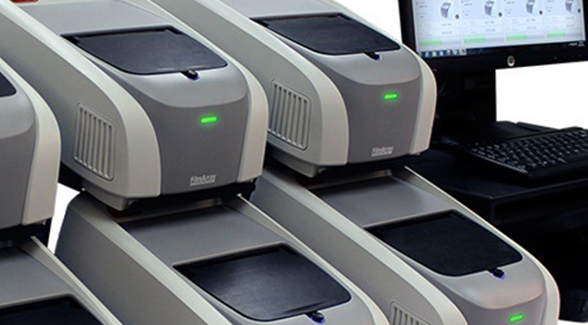
It seems logical that obtaining test results more quickly from the hospital laboratory might ultimately help to improve patient outcomes, by reducing the time to diagnosis and treatment. This logic has now been put to the test in a two-year study conducted at a major U.S. health centre.
Dr. Raquel Martinez presented the results of a study conducted at the Geisinger Health System in Pennsylvania, a multi-hospital group that includes a 560-bed facility in Danville and a total of eight hospitals and several outpatient clinics in the surrounding counties.
The study assessed the clinical benefits of a first-in, first-out (FIFO) approach to molecular testing using the FilmArray Respiratory Pathogen Panel (BioFire Diagnostics, a bioMerieux company) versus conventional once-daily batch testing.
Data were collected on the time from specimen collection to reporting of results, length of hospital stay, number of days in the ICU, patient mortality at 28 days, bacterial and viral antimicrobial use, plus other variables. Priority for testing was given to the ICU and Emergency departments.
In addition to implementing the random-access or FIFO approach to laboratory testing, the team developed various protocols and testing algorithms designed to aid in clinical decision-making and to improve the efficiency and timeliness of testing.
Using the FIFO approach with BioFire FilmArray was associated with significant improvements:
- Shorter Emergency department wait times (mean reduction of 1.2 hours, p<0.02)
- Fewer days spent in the ICU (mean reduction of 3 days, p<0.0001)
- Shorter hospital stays (mean reduction of 2.1 days, p<0.03)
- Improved survival (relative rate improved by 10%, p<0.02)
- Fewer days on antibiotics (mean reduction of 1.9 days, p<0.002)
- Fewer total tests and fewer days on ventilation (both p<0.05)
It is also worth noting that rapid and more sensitive testing methods were associated with a significant reduction in antibiotic use, which should contribute to improving antimicrobial stewardship and minimizing overall healthcare costs.
While more rapid turnaround time in laboratory testing has many benefits, there are no shortcuts to actually acquiring state-of-the-art testing equipment, such as FilmArray, in the first place. According to Dr. Martinez, the process starts by preparing a solid business plan for the hospital’s leadership.
“Once we receive the instrument, we collect data to demonstrate its utility. For example, we demonstrate how the instrument simplifies workflow, or reduces turnaround time, or even better, how faster turnaround time can positively impact patient care.” Hence the need for evidence-based medicine to validate current practices, make informed decisions about future investments in new technology, and continue improving performance in the clinical laboratory.

Leave a Reply